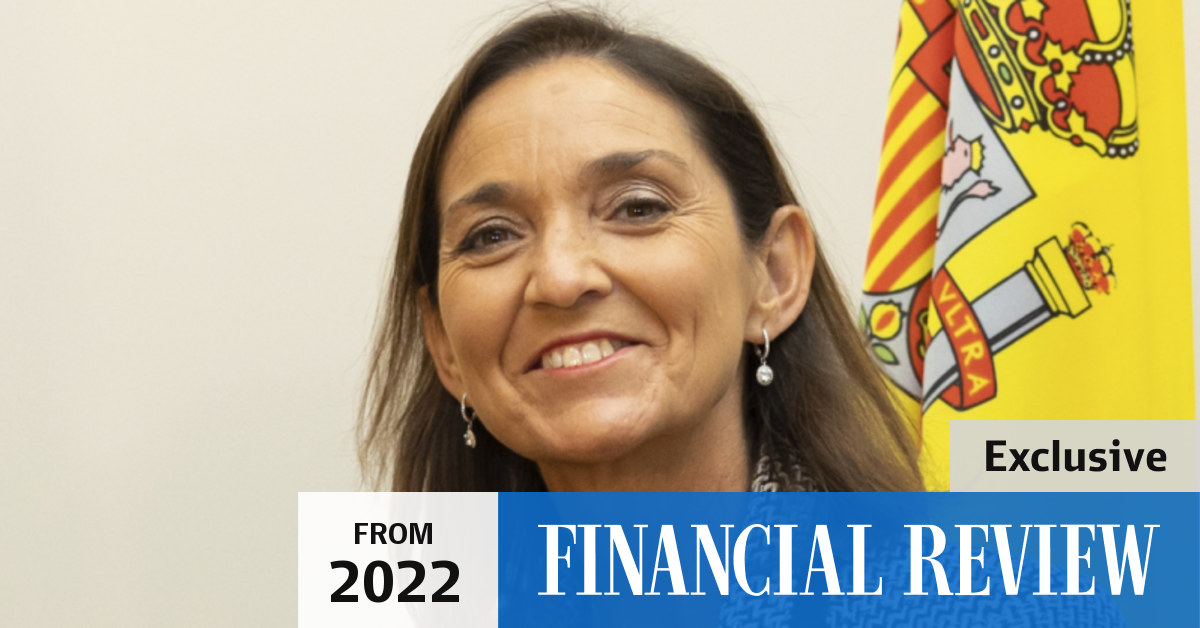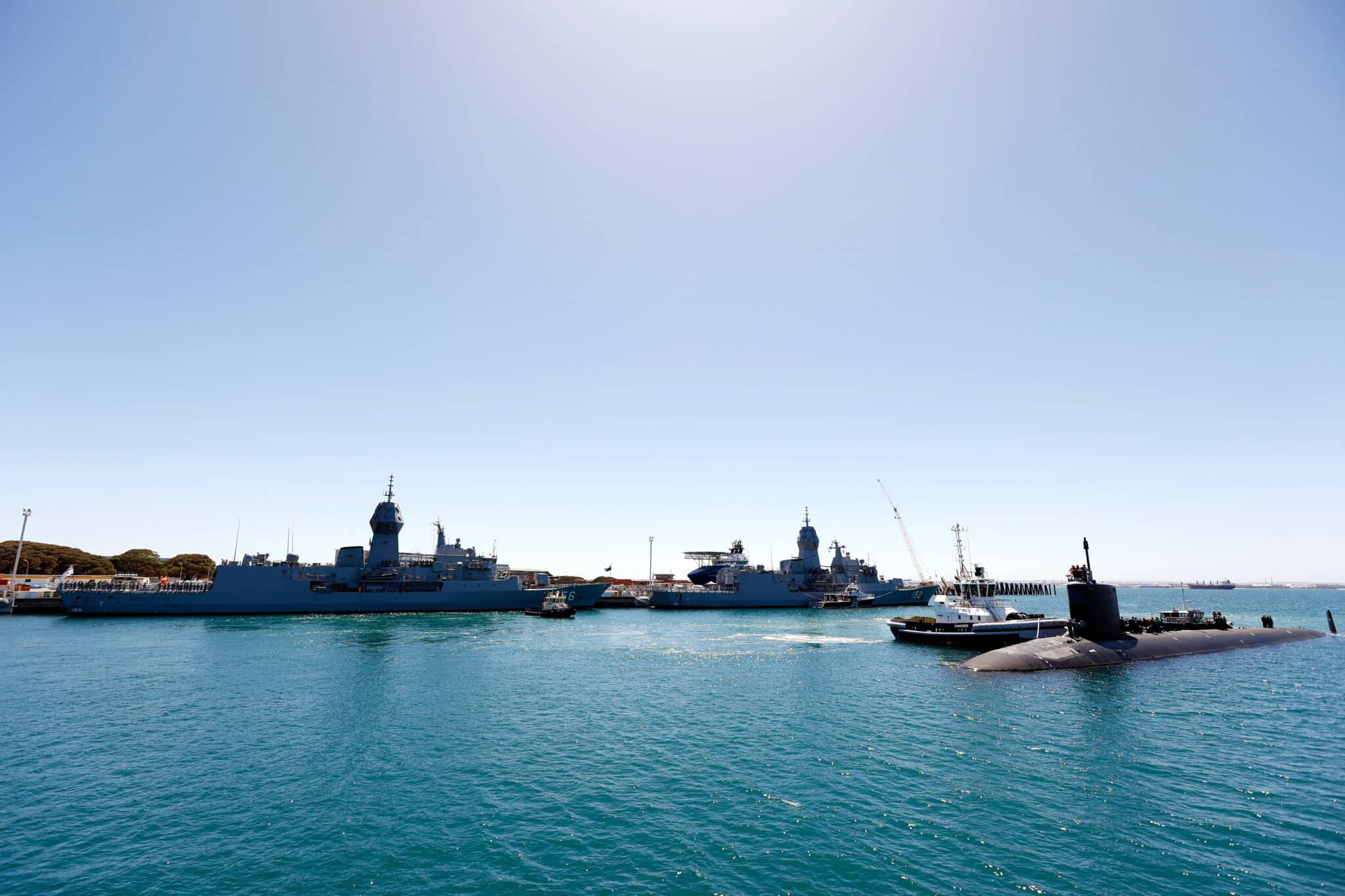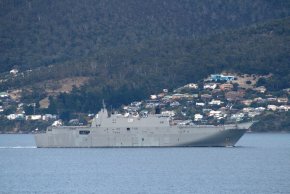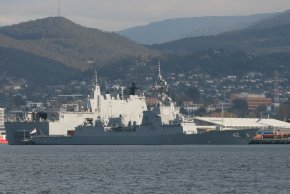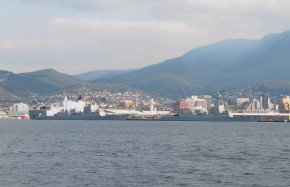1. Hunter 1 has just begun.I have some questions of my own about the Hunter Class for anyone who knows:
1. The ADF webpage I quoted said of timing “December 2022: Steel cut on the First of Class at Osborne Naval Shipyard - South in Adelaide”. However the ANAO audit says that the Hunter program is now running 16 to 18 months late. Does that mean first steel has not yet been cut on Hunter?
2. What is the construction drumbeat for the Hunters? The 8 Anzacs were all launched within 10 years between 1996 and 2006. Can Hunters match that? If launch of Hunter (1) slips from 2031 to 2032 Anzac will be 36 years old. Unless the eighth Hunter is in the water by 2042, the eighth Anzac will be eve; older when it gets replaced. So does anyone know what drumbeat is planned?
3. The growth in Hunter class tonnage due to the addition of the bigger radar and other systems has been widely reported. Wikipedia (sorry I know) lists tonnage as 10,000 tonnes full load compared to 8000 tonnes full load for the Type 26. The engines for the Hunter, Type 26 and RCN CSC ae all listed as the same:
So to me the obvious question is will RAN Hunters have the same range and speed as Type 26 if they are 25% heavier but have the same engines? I assume a few knots of top speed does not matter that much for an ASW ship but what about the range? That must matter a lot for the RAN.
- 4 × Rolls-Royce MTU Type 20V 4000 M53B high-speed diesel generators
I have been following this thread and reading people’s posts on the Hunters. At this stage I would not like to see anything delay the start of construction further.
From my comments on timing and drumbeat I am concerned that if we are late replacing Anzacs as well as subs we may not have an ASW “capability gap” as such, but there must be some risk we will start losing numbers of experienced seagoing crews? I assume these will then be hard to rebuild. Is there any prospect of additional destroyer/frigate construction as a “catch up”?
Navantia made an offer to build another 3 AWDs at a competitive price ($6 billion) by 2030 to avoid this gap. Assuming that was in addition to, not instead of Hunters, is this not worth pursuing? Otherwise I don’t see how we can make up the time lost without the (“tier 1”) fleet of major vessels (frigates and destroyers) shrinking in the 2030s. Could Henderson build some AWDs (with Spanish help) while Adelaide continued with Hunters?
2. First Hunter in service by 2032/33, every follow on Hunter 2-2.5 years each. All 9 2032-(48-52), with reduction to 6, 2032-(42-45)
3. Yes, they expect the ship to be slower, Expected max load. City 8,000 ton, Hunter 11,000 ton, CSC 9,000 ton
plan was
CIVMEC - 10 Arafuras by 2030. The last 6 of 12 may not go ahead. But, we ordered 12. Tier 2 ship expected to be built following Arafura.
BAE - 9 hunters by mid 2040s. Now time slipped and looking like late 40s, early 50s. Reducing the number built also possible.
AUSTAL - last Cape class expected early 2025 for navy. From then on ?, maybe they make it 10 capes for navy.


